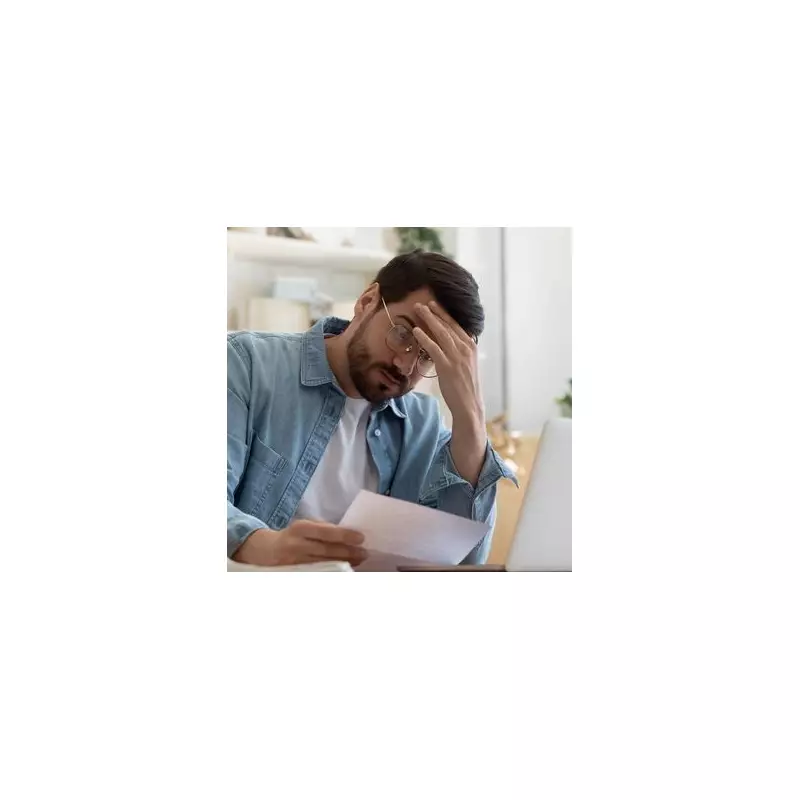
The Department for Work and Pensions has now processed the final scheduled cost of living payment to eligible households, marking the end of the current support scheme that has provided crucial financial assistance to millions.
What Just Happened with the Payments?
The last instalment of the government's cost of living support package has been transferred to qualifying benefit claimants. This concludes a programme that saw three separate payments distributed between spring 2023 and February 2024, each providing £299 to help vulnerable households cope with soaring bills and essential expenses.
Is This Really the End of Support?
While the structured payment scheme has concluded, several forms of financial assistance remain available for those continuing to struggle:
- Household Support Fund - Local councils still have funding to distribute to residents facing genuine hardship
- Warm Home Discount - Automatic £150 rebates continue for eligible low-income households
- Winter Fuel Payment - Annual support for pensioners remains in place
- Benefit Check-ups - Many households may be entitled to additional benefits they're not currently claiming
Who Was Eligible for the Final Payment?
The recent £299 payment reached claimants receiving any of the following benefits between specific assessment periods:
- Universal Credit
- Pension Credit
- Income-based Jobseeker's Allowance
- Income-related Employment and Support Allowance
- Income Support
- Working Tax Credit
- Child Tax Credit
What Should You Do Now?
Experts recommend that households concerned about their financial situation take immediate action:
- Contact your local council about the Household Support Fund
- Use online benefit calculators to check for unclaimed entitlements
- Speak to debt charities like StepChange or Citizens Advice
- Explore energy company hardship funds and payment plans
Despite inflation showing signs of easing, many families continue to face significant financial pressure from high food prices, energy bills, and housing costs. The end of structured government payments leaves a substantial gap that vulnerable households must now navigate with alternative support mechanisms.





